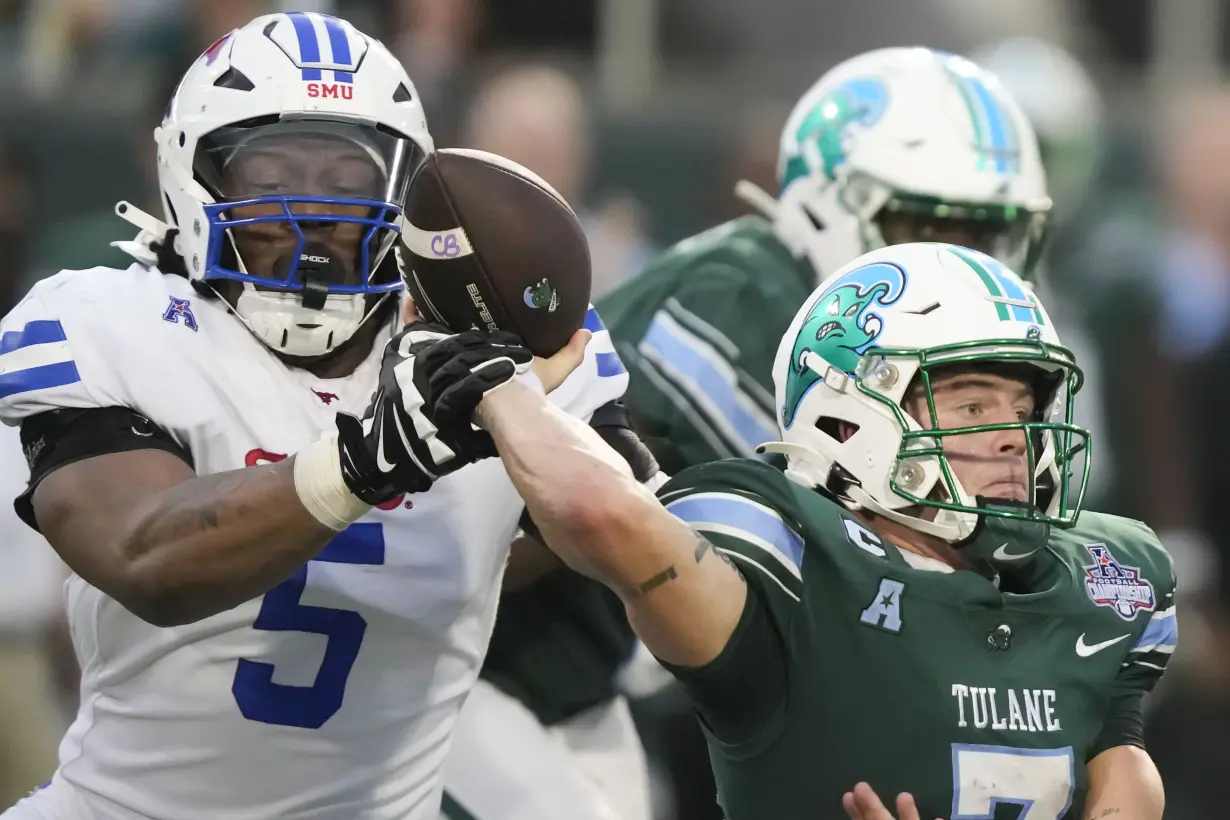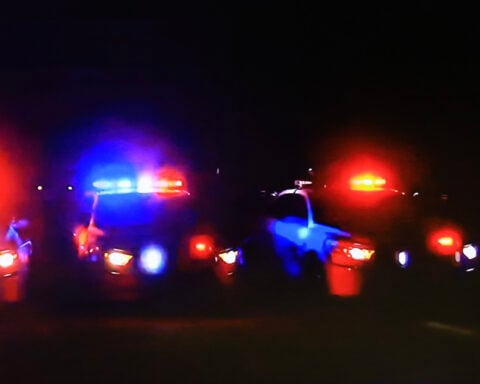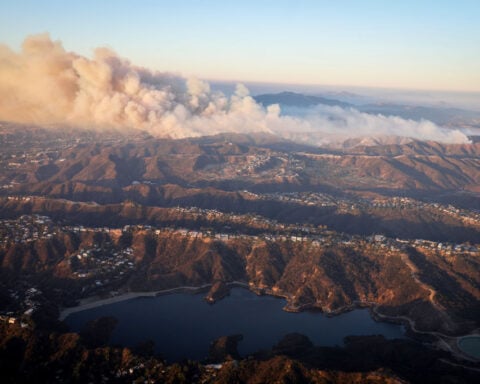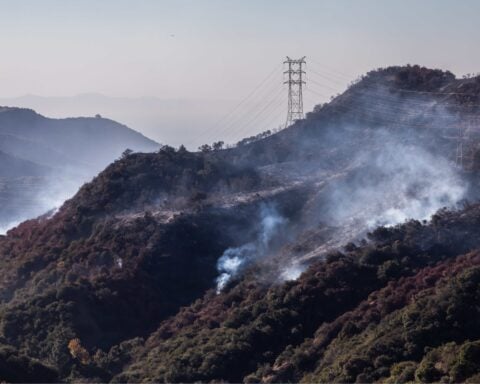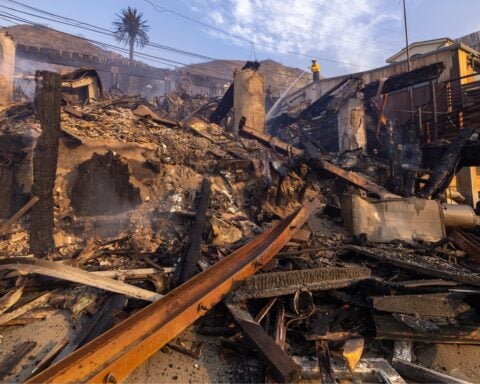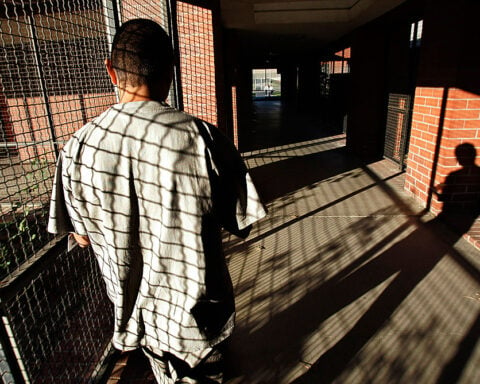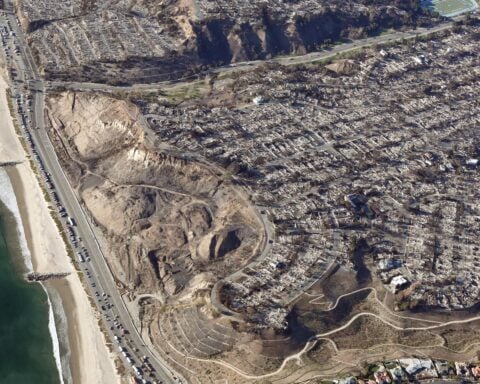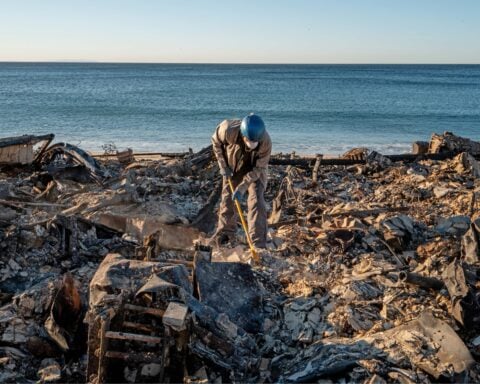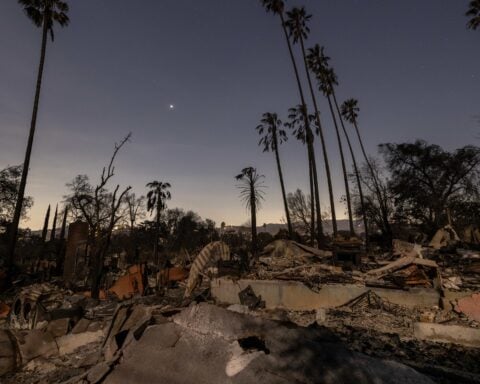The legal challenges for the NCAA keep mounting. And experts say the overhaul proposed by NCAA President Charlie Baker — should it come to pass — probably won't help much.
Baker's proposal sent to more than 350 Division I schools would create a new Division I tier where schools would be required to pay at least half their athletes at least $30,000 annually. The proposal also would allow all Division I schools to offer unlimited educational benefits and enter into name, image and likeness licensing deals with athletes.
The call is just part of momentous changes already underway for the NCAA, its 500,000 athletes and its 1,100 member universities. With billions flowing to schools in a few power conferences through media rights deals, the push to direct some of the largesse to athletes has never been greater.
That push is clearly seen in a handful of high-profile lawsuits against the NCAA. Should the plaintiffs win, it could lead to a college sports landscape where some athletes are paid employees or at least get money in a revenue-sharing model that looks a lot like professional sports.
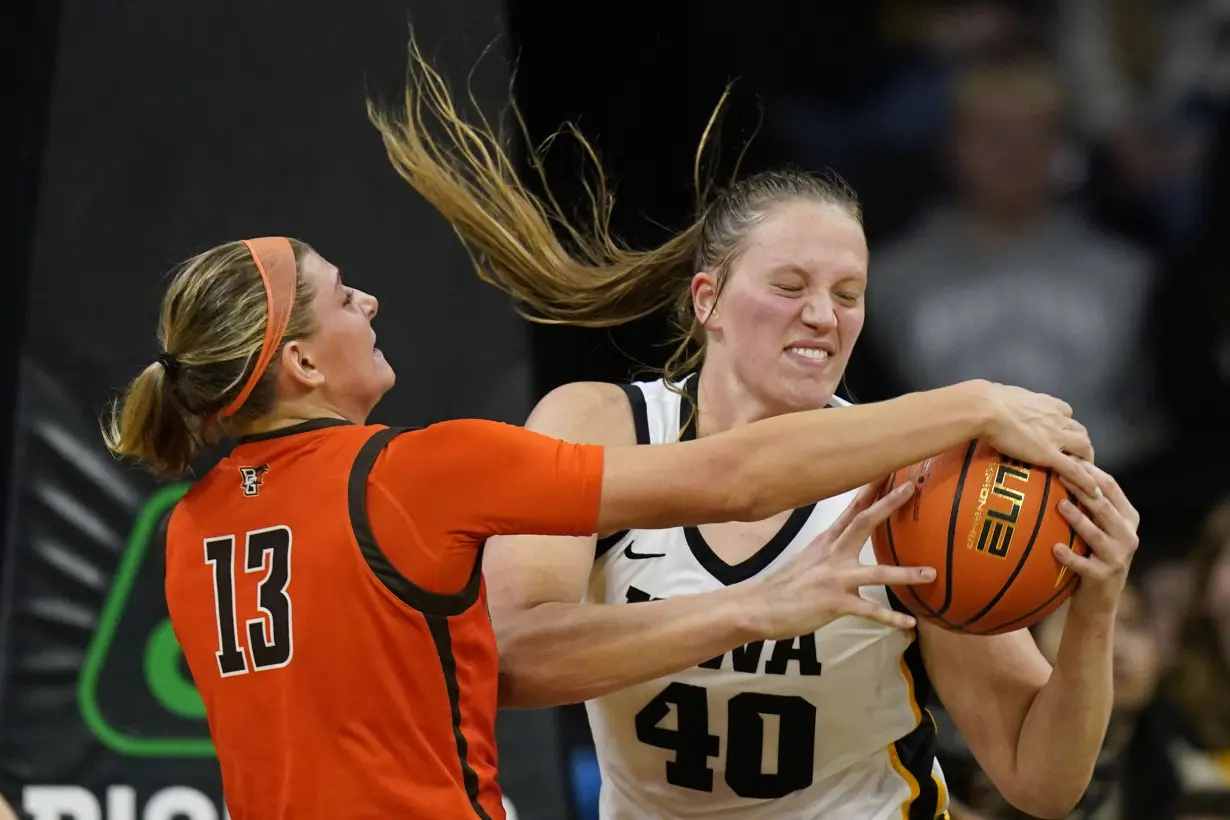
Baker's proposal won't change that, experts say.
“These are changes that will happen prospectively. They wouldn’t end any of the ongoing lawsuits,” said Gabe Feldman, director of Tulane’s Sports Law program and the school’s associate provost for NCAA compliance. “They wouldn’t provide any protection for their exposure in those ongoing lawsuits. And in fact, they may strengthen the arguments that the plaintiffs have in those cases, that the rules that the NCAA has insisted on in the past were more restrictive than necessary.”
The legal cases include:
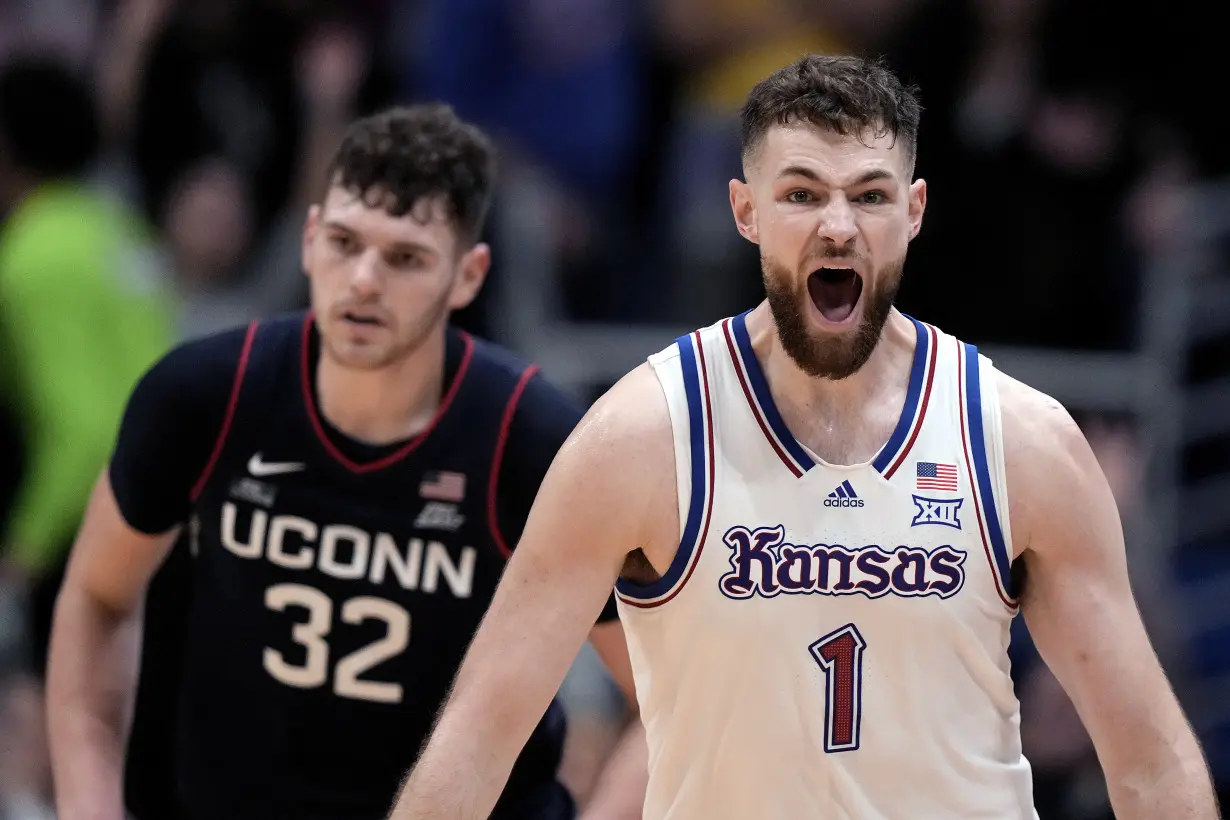
— A class-action antitrust lawsuit in California over name, image and likeness compensation rules. The NCAA has warned that it could be liable for more than $4 billion to former and current athletes in the lawsuit, which was brought by former Arizona State swimmer Grant House in 2020. It also targets revenue the plaintiffs contend should go to football and basketball players based on the massive media rights contracts held by the NCAA or its members.
— Two issues in front of the National Labor Relations Board — a complaint against USC and the Pac-12 and a unionization movement by Dartmouth’s men’s basketball team — along with another lawsuit in Pennsylvania could lead to college athletes being granted employee status.
— Another antitrust case in California against the NCAA and the five wealthiest conferences seeks millions of dollars in damages for thousands of athletes over education-related benefits the plaintiffs say they were denied. The suit seeks triple damages for all current and former Division I athletes as far back as 2018.
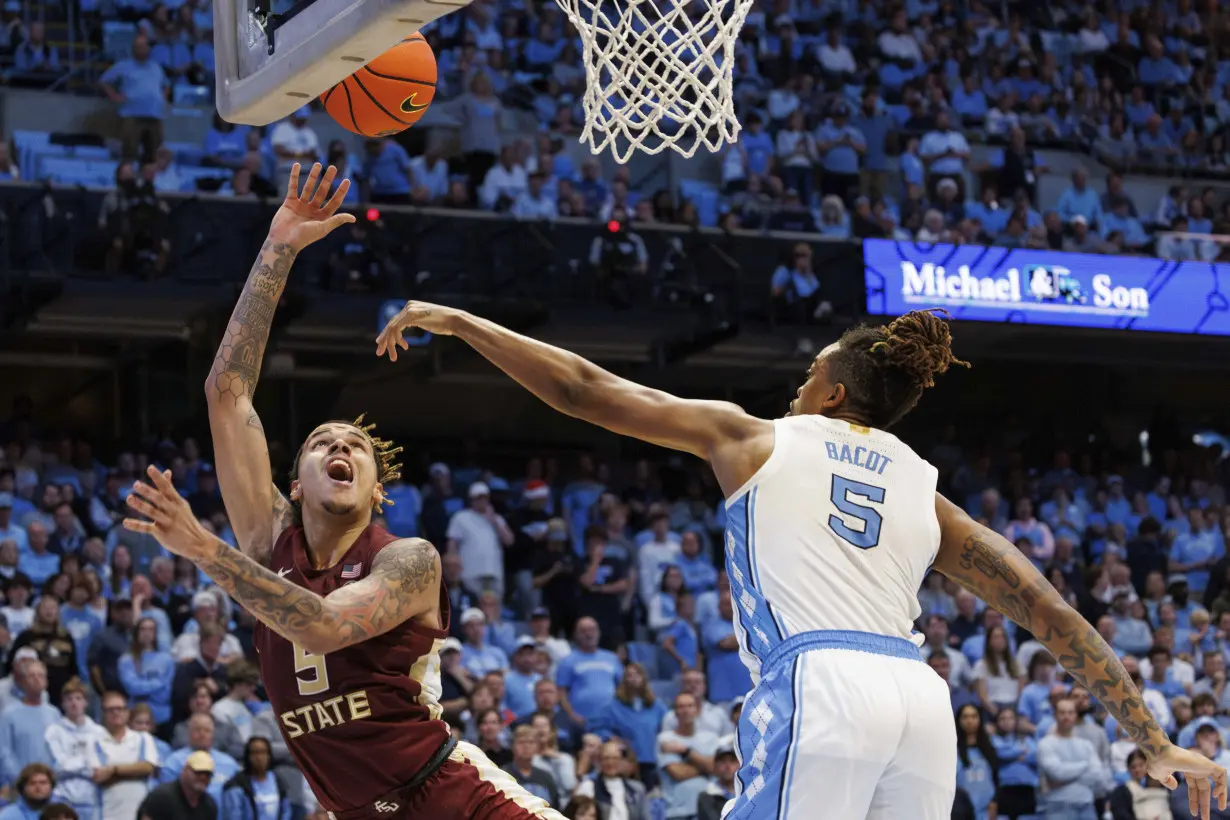
— Just this week, two more lawsuits were filed against the NCAA, one over its transfer rules for athletes and yet another federal antitrust case in Northern California.
In that filing, plaintiffs including Duke football player Dewayne Carter, TCU basketball player Sedona Prince and Stanford soccer player Nya Harrison are asking a judge to bar the NCAA from enforcing any rules that prohibit athlete compensation.
“The House case is already seeking a broadcast sharing with the student-athletes with respect to the value of their NIL,” said Jeffrey Kessler, a plaintiffs' attorney and a veteran of lawsuits against the NCAA. “This case would also allow student-athletes, if we’re successful, to get broadcast revenues for their performance."
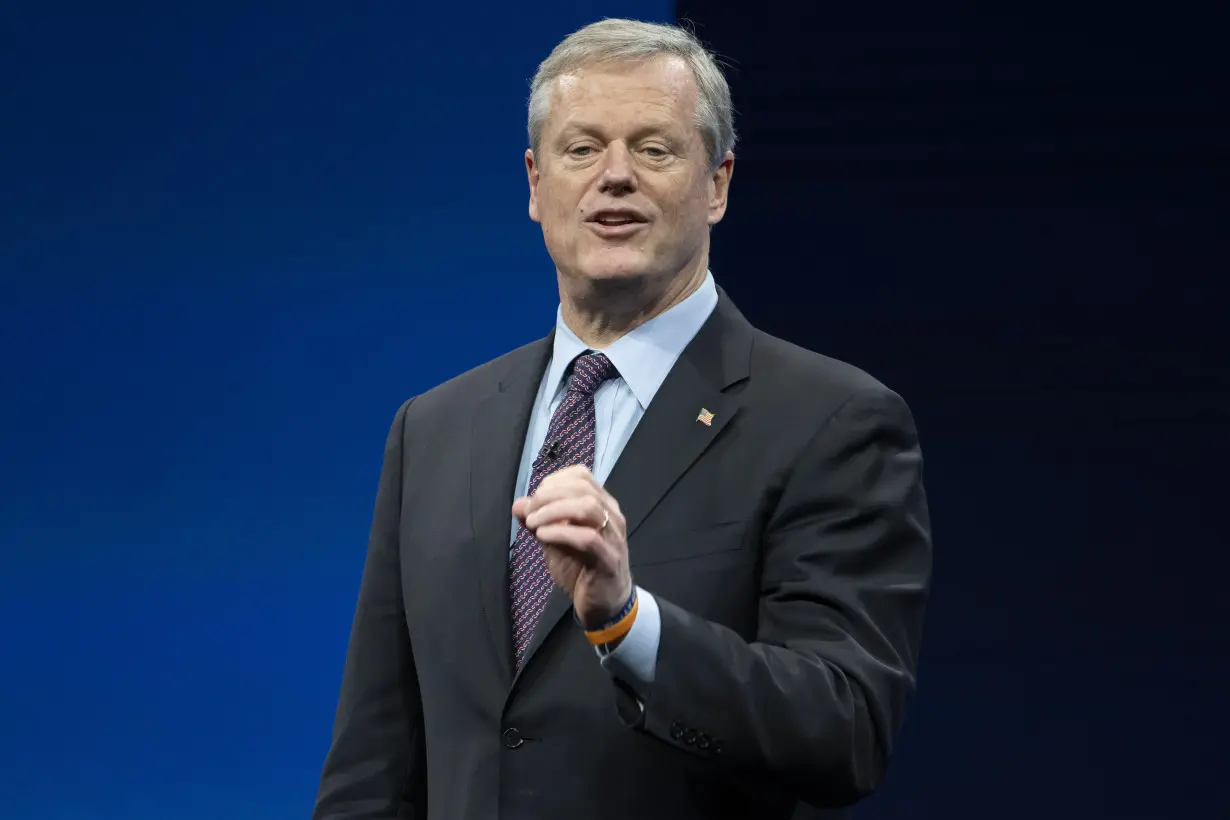
The NCAA is a long way from acting on any of Baker's proposals and continues to lobby Congress for federal laws that it hopes would protect it from antitrust claims. Julie Sommer, a former Texas swimmer, attorney with college athletics watchdog The Drake Group, said Baker’s letter doesn’t halt pending legal cases “but could provide a pathway toward settlement.”
“The NCAA needed to make a move — especially since they’ve been looking to Congress, but Congress has been looking to the NCAA to make a move first,” Summer said. “This was their big move.”
Even if the NCAA moves ahead with some of the proposals — Baker said the $30,000-plus payments by schools would come “within the framework of Title IX" — equity concerns could lead to more disputes along the way. Last week, 32 female athletes sued the University of Oregon alleging the school is violating Title IX by “depriving women of equal treatment and benefits, equal athletic aid, and equal opportunities to participate in varsity intercollegiate athletics.”
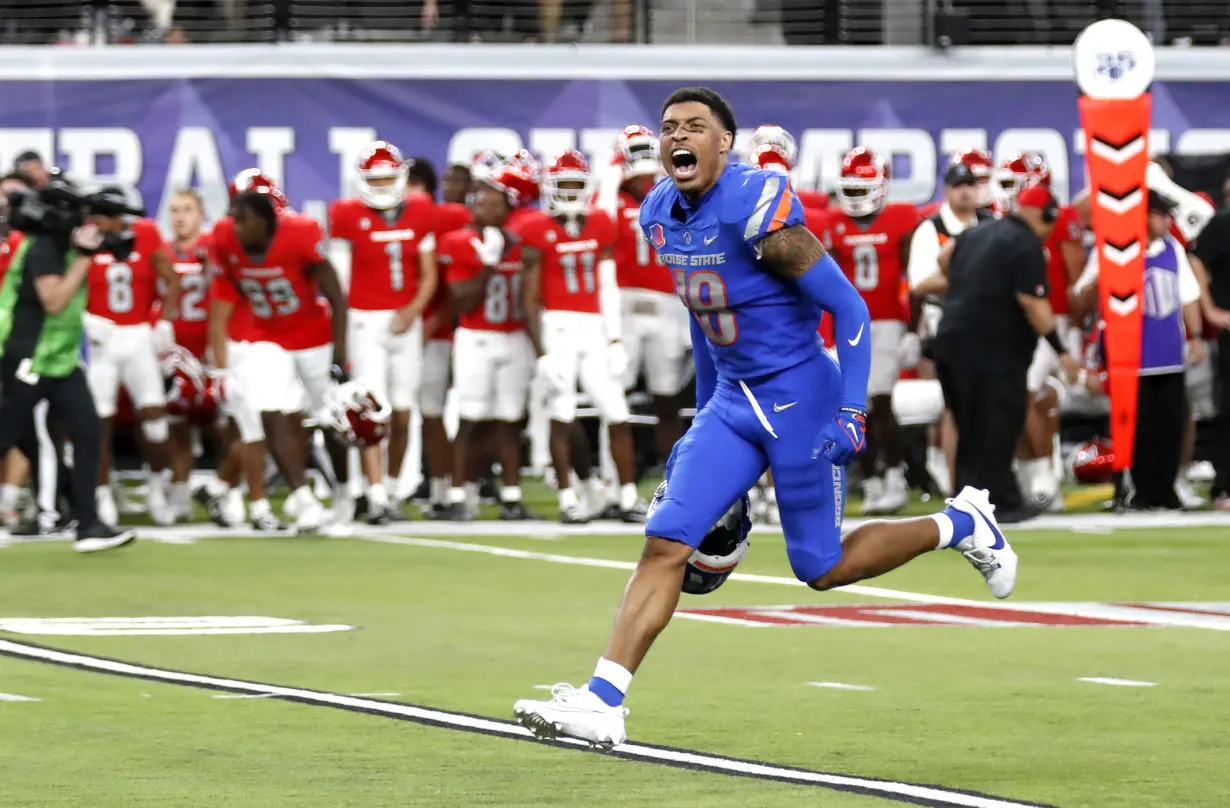
“Gender equity is going to be an issue for every institution in this new framework as most of them are out of compliance already,” Sommer said.
Feldman, the Tulane professor, said it has often taken legal threats to push the NCAA toward change.
“The NCAA is slow to make changes unless they are forced to make it by the threat of litigation,” he said. “This is also clearly, at least in part, a legal decision to respond to all of the antitrust threats that currently exist and also all the possible future antitrust threats.
Kessler and fellow attorney Steve Berman are coming off one of the most significant victories against the NCAA in recent years, t he Alston case over education-related benefits for athletes that was upheld by the Supreme Court and has thrown open the door for more challenges. Both were asked about Baker's proposal.
“The NCAA, whatever they’ve said this week, would not satisfy us because they’re still trying to erect a set of restraints that they want to live with,” Berman said. "And rather than letting the free market decide what student-athletes are worth either for their name, image and likeness or for their performance, we believe there should be no restraints.”
Added Kessler: “What the proposal for Baker does do is that we think it’s an admission that the current rules — which don’t allow any payments to the athletes or any sharing at all -- it’s an admission that those are, A, not needed, and B, are not lawful. ... We think this proposal for Baker actually going to be important in our lawsuit to help prove that the current rules are unlawful.”
___
Get alerts on the latest AP Top 25 poll throughout the season. Sign up here. AP college football: https://apnews.com/hub/college-football

 Stock market today: Asian stocks mixed ahead of US inflation data
Stock market today: Asian stocks mixed ahead of US inflation data
 TikTok seeks to reassure U.S. employees ahead of Jan. 19 ban deadline
TikTok seeks to reassure U.S. employees ahead of Jan. 19 ban deadline
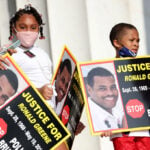 US won't seek charges in unarmed Black motorist Ronald Greene's fatal 2019 arrest
US won't seek charges in unarmed Black motorist Ronald Greene's fatal 2019 arrest
 Euro zone households could increase consumption, ECB chief economist says
Euro zone households could increase consumption, ECB chief economist says
 Foreigners sold South Korean equities last month by most since early 2020
Foreigners sold South Korean equities last month by most since early 2020
 As fires ravage Los Angeles, Tiger Woods isn't sure what will happen with Riviera tournament
As fires ravage Los Angeles, Tiger Woods isn't sure what will happen with Riviera tournament
 Antetokounmpo gets 50th career triple-double as Bucks win 130-115 to end Kings' 7-game win streak
Antetokounmpo gets 50th career triple-double as Bucks win 130-115 to end Kings' 7-game win streak
 Zheng loses to No 97 Siegemund, Osaka rallies to advance at the Australian Open
Zheng loses to No 97 Siegemund, Osaka rallies to advance at the Australian Open
